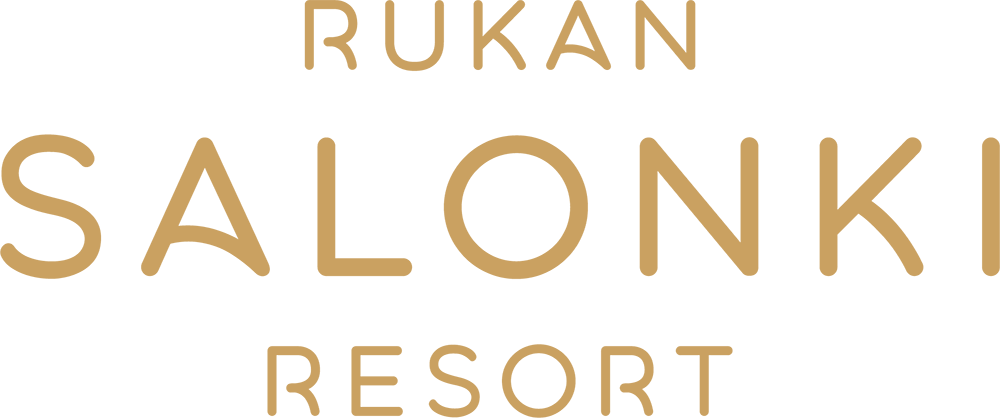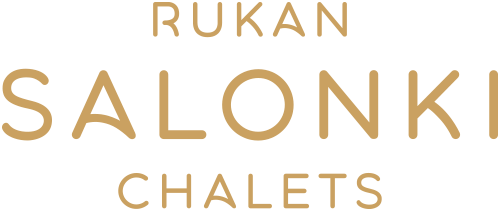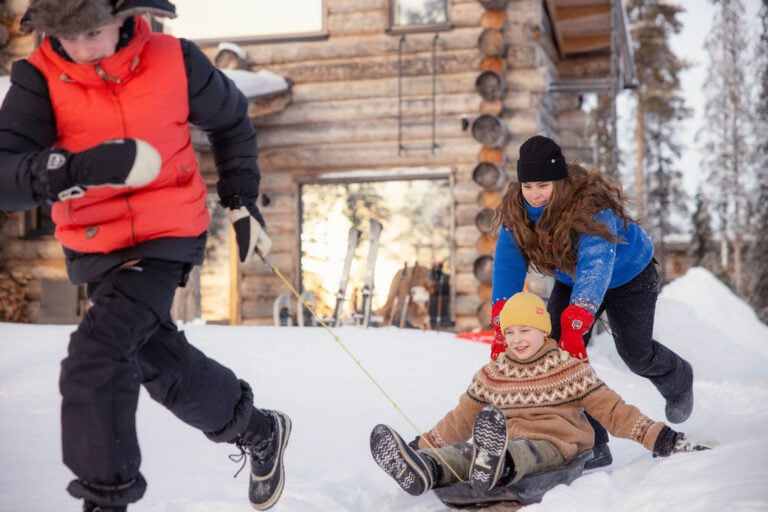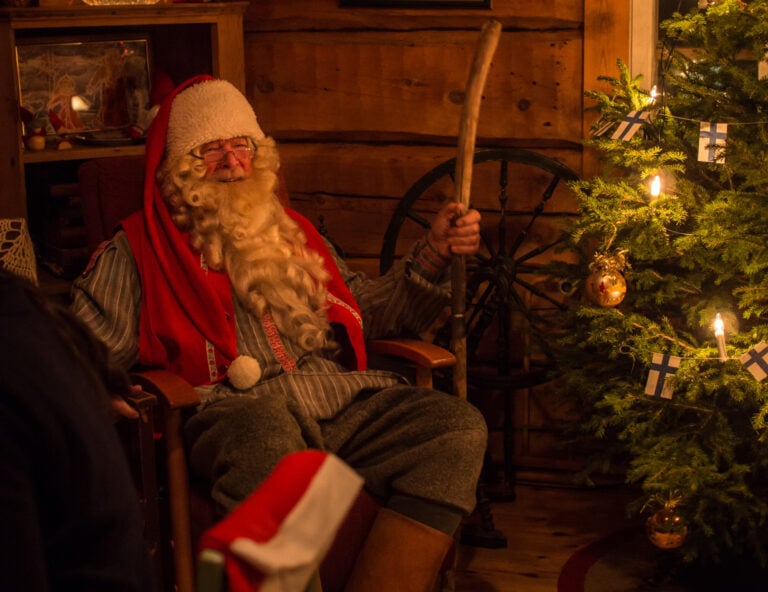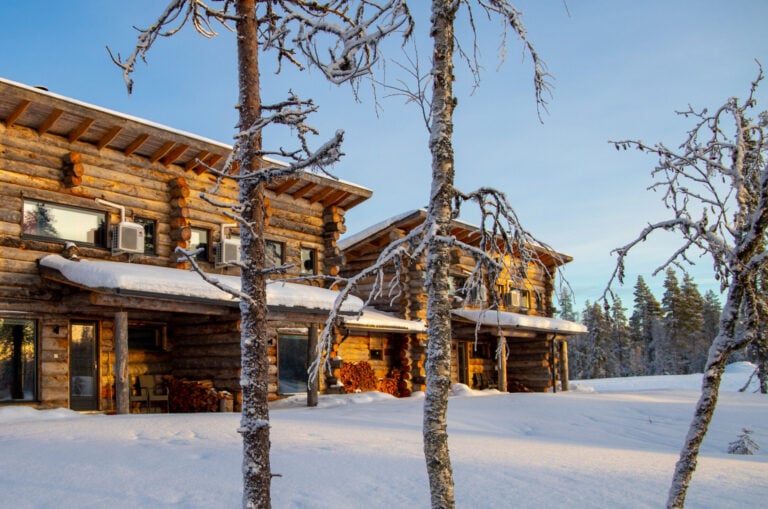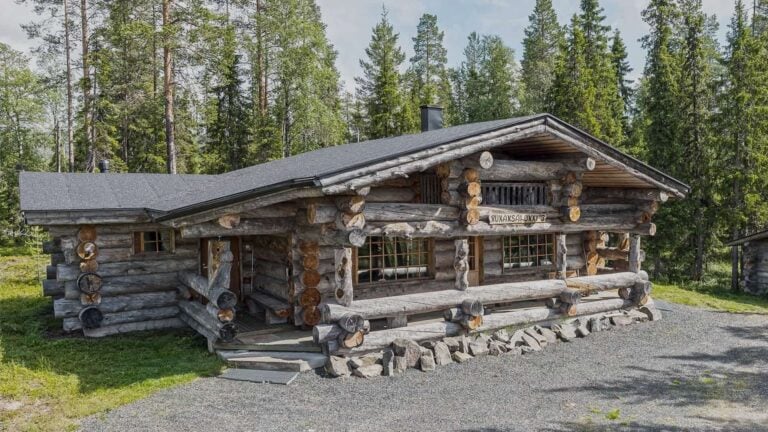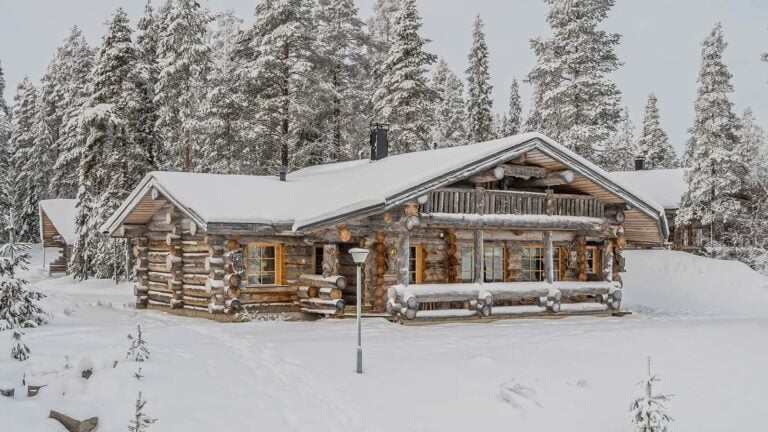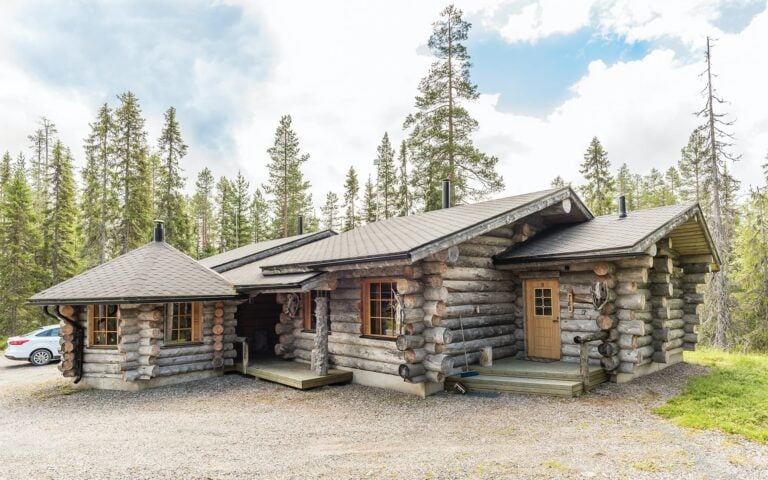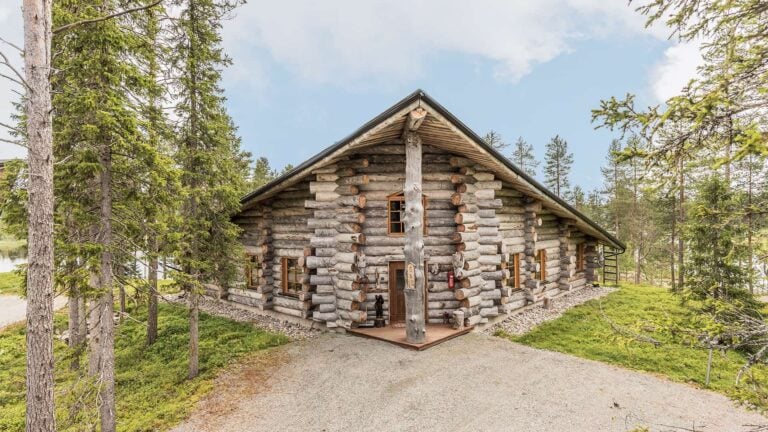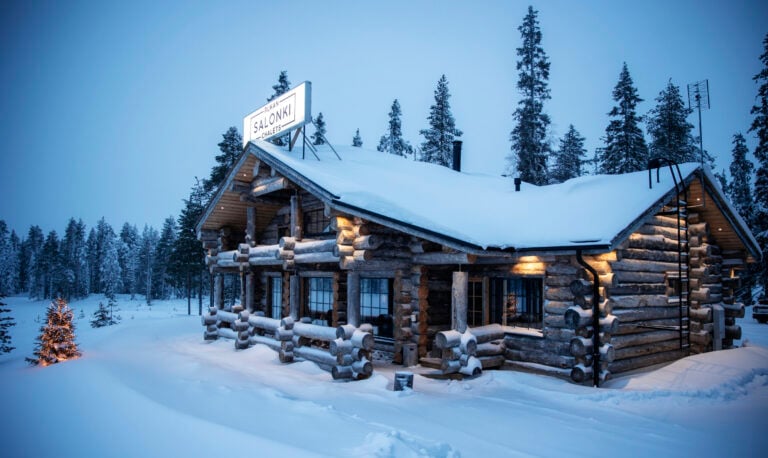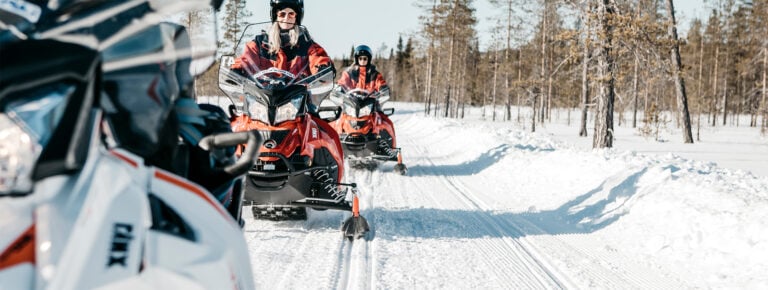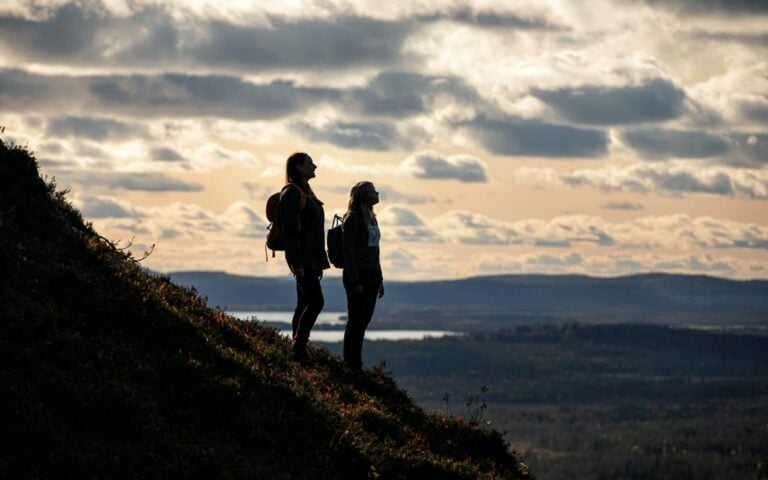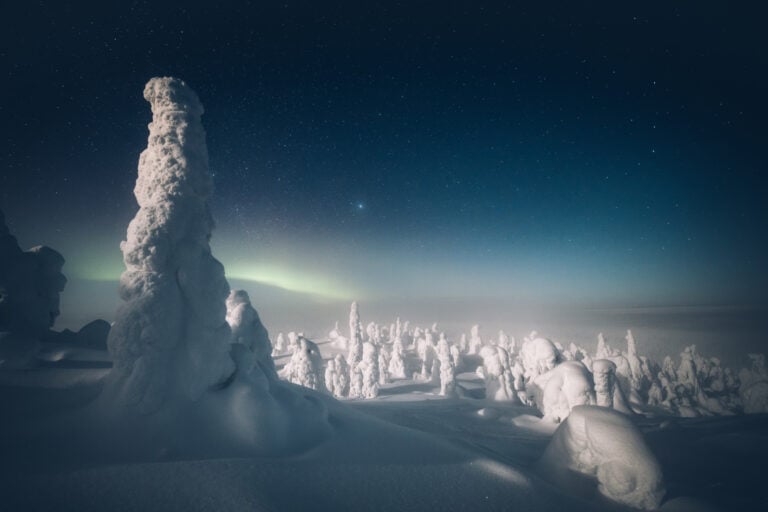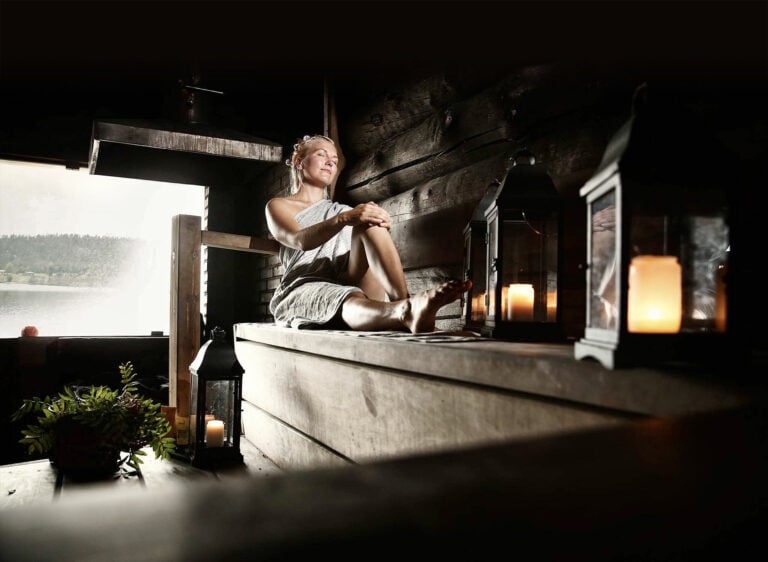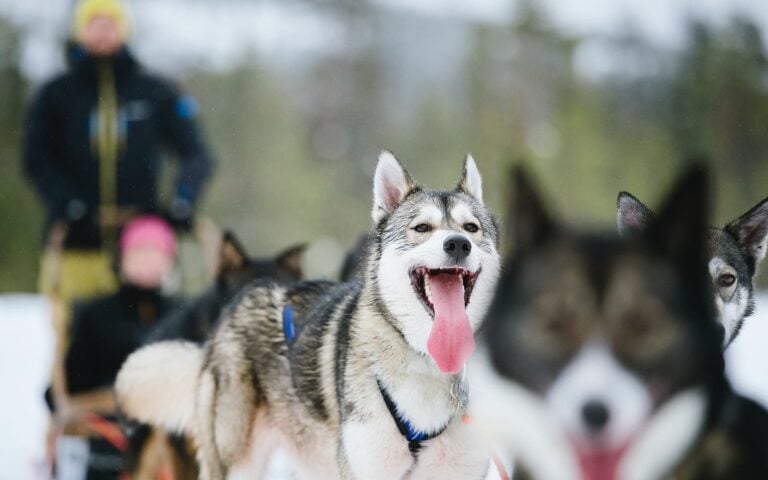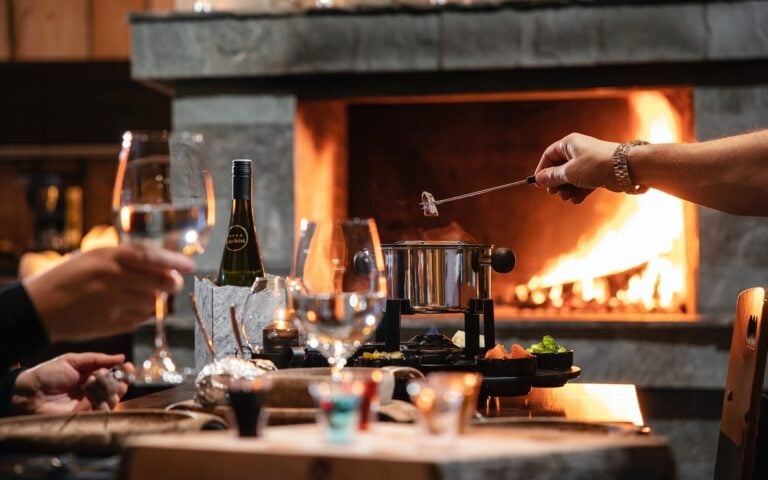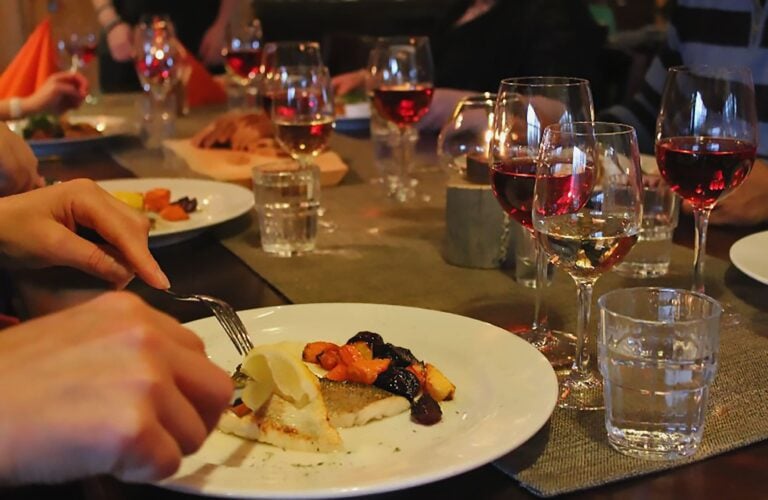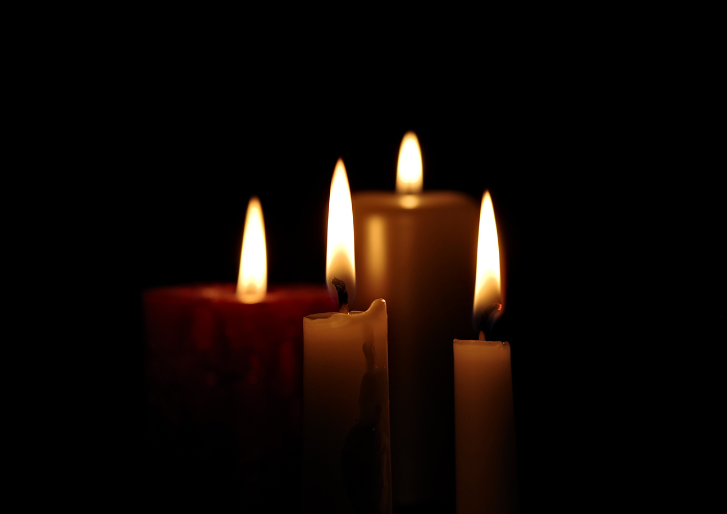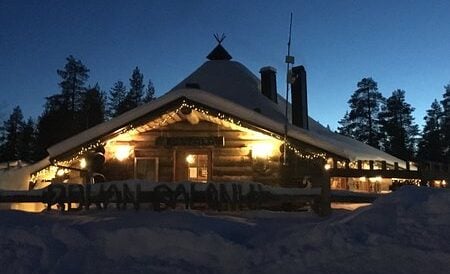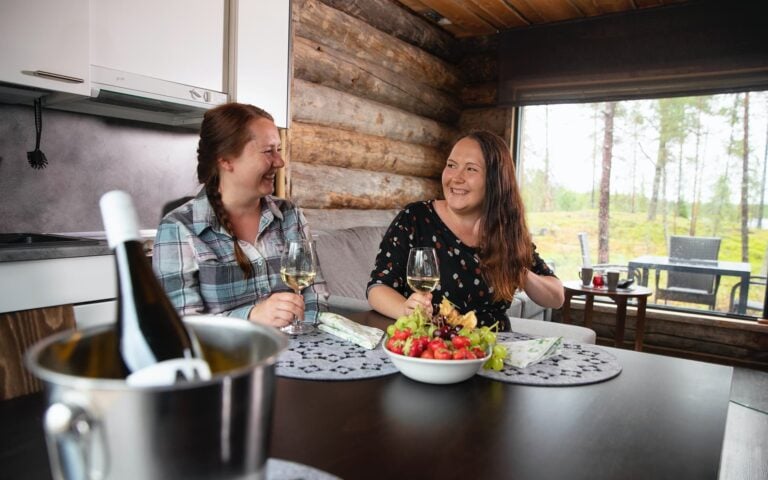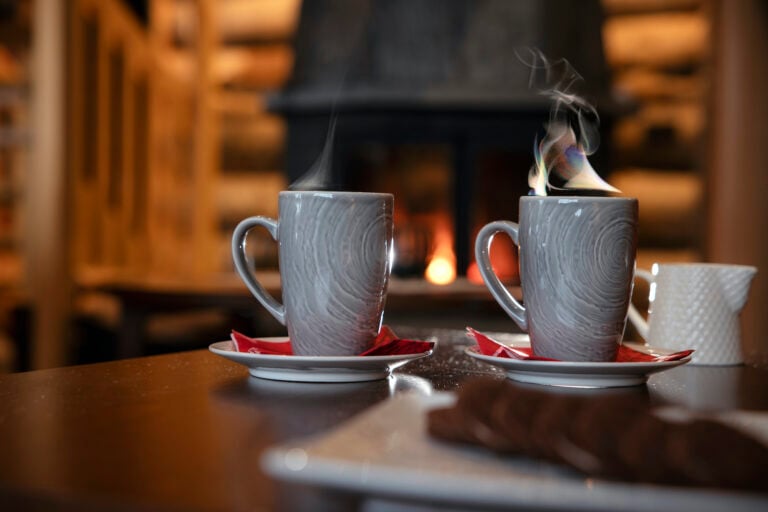What are the best months to see northern lights in Lapland?
The best months to see northern lights in Lapland are September through March, with peak viewing conditions occurring from October to February. During these months, the combination of sufficient darkness, clearer skies, and optimal aurora activity creates ideal conditions for witnessing the spectacular aurora borealis across Finland’s northern wilderness.
Northern lights season in Lapland: Your complete viewing guide
Lapland’s northern lights season transforms the Arctic landscape into nature’s most spectacular light show. The aurora borealis dances across dark winter skies, creating unforgettable memories for visitors seeking authentic Arctic experiences.
The seasonal nature of northern lights viewing depends on several crucial factors. Darkness duration plays the most significant role, as aurora activity requires complete darkness to be visible against the night sky. Solar activity patterns and weather conditions further influence viewing success throughout the season.
Our lakeside location provides an exceptional base for northern lights tourism in Finland. The minimal light pollution combined with unobstructed views across the water creates perfect conditions for aurora photography and viewing. Traditional log cabin accommodation options offer comfortable warmth whilst maintaining easy access to outdoor viewing areas.
What are the best months to see northern lights in Lapland?
September to March represents the complete northern lights season in Lapland, with each month offering distinct advantages for aurora viewing. The peak months of October through February provide the highest success rates due to optimal darkness and weather conditions.
September marks the beginning of aurora season as nights grow longer. Early autumn offers milder temperatures and the possibility of reflection photography on unfrozen lakes. However, cloud cover can be more frequent during this transitional period.
October through December delivers excellent viewing conditions with increasing darkness hours. November particularly stands out for its balance of manageable temperatures and extended dark periods. The landscape begins its winter transformation, creating stunning foreground elements for aurora photography.
January and February represent peak northern lights months in Finnish Lapland. The combination of longest nights, clearest skies, and stable weather patterns maximises viewing opportunities. These months also coincide with optimal conditions for winter activities and aurora tours.
March concludes the season as daylight hours increase. Early March still offers good viewing chances, whilst the approaching spring brings milder weather for outdoor aurora watching.
Why is September to March considered northern lights season?
The darkness duration during these months creates the fundamental requirement for aurora visibility. Northern lights occur year-round, but summer’s midnight sun makes them invisible against bright skies in Lapland’s Arctic location.
Solar activity patterns contribute significantly to aurora intensity throughout the season. The autumn and spring equinoxes often produce increased geomagnetic activity, enhancing aurora displays during September and March. Winter months maintain consistent solar wind interactions with Earth’s magnetic field.
Weather considerations specific to Lapland region favour these months for aurora viewing. The stable high-pressure systems common in winter create clearer skies with reduced cloud cover. Temperature inversions during cold periods can actually improve atmospheric clarity for aurora observation.
The polar night phenomenon in northern Finland extends darkness hours significantly during peak season. This extended darkness window increases opportunities for aurora sightings and allows for comfortable viewing schedules without extremely late nights.
How does weather affect northern lights visibility in Lapland?
Cloud cover represents the primary weather factor affecting aurora visibility. Clear or partially clear skies are essential for northern lights viewing, as clouds completely obscure the aurora display regardless of activity levels.
Temperature impacts viewing comfort rather than aurora visibility itself. Extremely cold conditions can affect camera equipment and viewing duration, but don’t diminish the aurora display. Proper clothing and preparation enable comfortable viewing in all winter conditions.
Atmospheric conditions including humidity and precipitation directly influence viewing success. Snow and rain eliminate visibility, whilst fog can create partial obscuration. High-pressure weather systems typically bring the clearest conditions for optimal aurora viewing.
Wind patterns affect both comfort and photographic opportunities during aurora viewing. Calm conditions enable longer outdoor viewing sessions and reduce camera shake for photography. However, wind can help clear cloud cover, potentially improving viewing conditions.
Planning flexibility maximises viewing opportunities during your stay. Weather conditions can change rapidly in Lapland, so maintaining adaptable schedules and multiple viewing nights increases success rates for witnessing the aurora borealis.
What makes Rukan Salonki Chalets perfect for northern lights viewing?
Our lakeside location provides exceptional advantages for aurora viewing with unobstructed northern sky views across the water. The open landscape eliminates light pollution whilst offering stunning reflection opportunities when the lake surface allows.
Minimal light pollution surrounding our location creates optimal conditions for aurora photography and viewing. The remote setting away from urban areas ensures dark skies that enhance the visibility of even subtle aurora displays throughout the season.
Comfortable log cabin accommodation enables easy access to outdoor viewing areas whilst providing warm retreat spaces. Traditional Finnish design incorporates large windows for indoor aurora spotting, combined with immediate outdoor access for photography and extended viewing sessions.
Year-round activities complement northern lights tourism perfectly. Winter pursuits like snowmobiling and cross-country skiing during daylight hours create complete Arctic experiences. Our comprehensive holiday packages combine accommodation with guided aurora tours and winter activities.
The peaceful natural setting enhances the aurora viewing experience beyond just visibility. The silence of the Arctic wilderness allows full immersion in the natural phenomenon, creating deeper connections with the northern lights display.
Planning your northern lights adventure: Key takeaways for success
Successful northern lights viewing in Lapland requires strategic timing during the September to March season. Peak months of October through February offer the highest success rates, whilst shoulder months provide unique advantages for different preferences.
Weather flexibility remains crucial for aurora viewing success. Plan multiple viewing nights and maintain adaptable schedules to maximise opportunities during changing weather conditions. Clear skies are essential, regardless of aurora activity levels.
Accommodation location significantly impacts viewing success and comfort. Our lakeside setting provides optimal conditions with minimal light pollution, easy outdoor access, and comfortable retreat spaces for extended aurora watching sessions.
Complete Arctic experiences combine northern lights viewing with winter activities and cultural immersion. The combination of aurora tours, traditional accommodation, and authentic Lapland activities creates unforgettable memories beyond just the lights themselves.
Ready to experience the magic of northern lights in Lapland? Our comprehensive approach to aurora tourism ensures optimal viewing conditions combined with authentic Arctic experiences. Book your northern lights adventure and discover why our lakeside location provides the perfect base for witnessing nature’s most spectacular light show.


